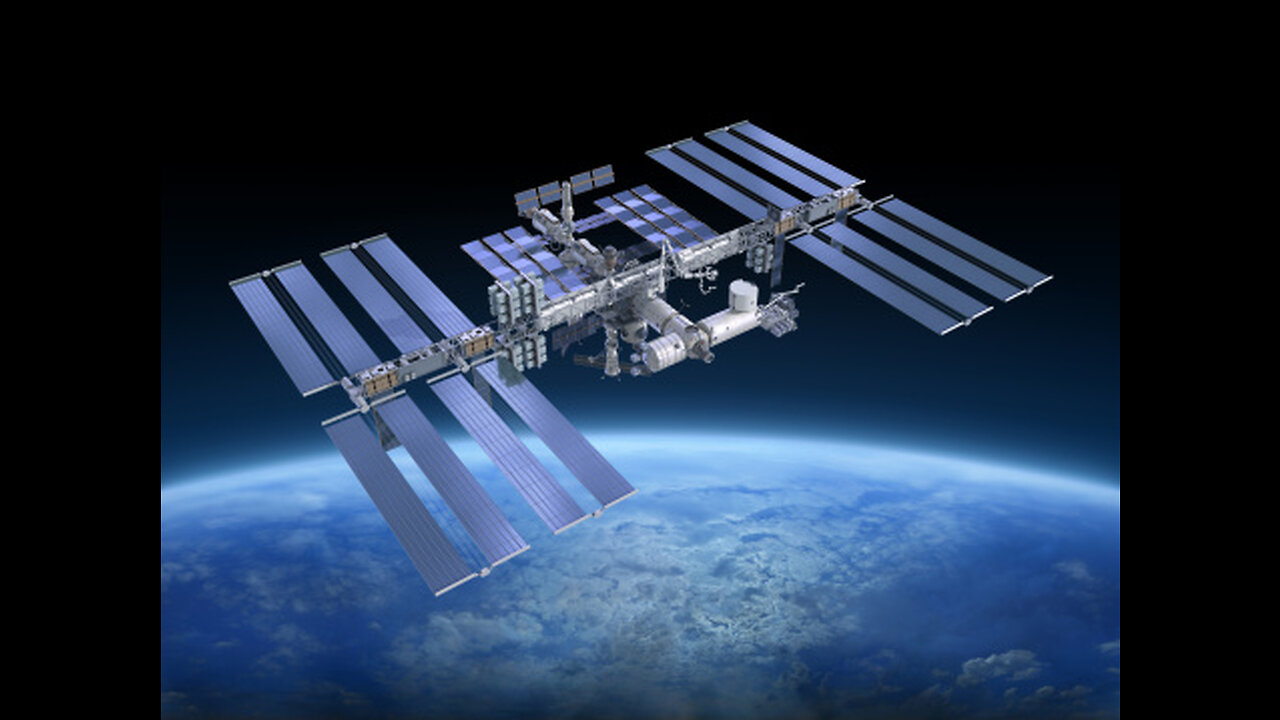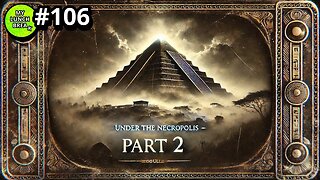Premium Only Content

🚀🌌 "From Earth to Orbit: An Astronaut's Perspective" 🌌🚀
Imagine gazing out of a tiny window, your heart pounding with excitement, as the Earth falls away beneath you. This is the incredible perspective of astronauts embarking on a journey to the International Space Station (ISS).
As the rocket's engines roar to life, you're thrust upward, pressed deep into your seat, and for a moment, gravity seems to lose its grip. The world outside the spacecraft becomes a blur of blue and white as you ascend into the heavens.
Peering through the window, you witness Earth's curvature, a breathtaking view that few have ever experienced. The planet's colors intensify – the deep blue of oceans, the vibrant green of continents, and the stark white of polar ice caps. It's a reminder of the fragile beauty of our home.
Soon, the spacecraft reaches orbit, and you're weightless, floating freely within the confines of the spacecraft. You watch as the sun rises and sets every 90 minutes, casting ever-changing shadows on the ISS. The stars, unobstructed by the atmosphere, twinkle in the inky blackness of space.
Every day, you're treated to 16 sunrises and sunsets, each one more awe-inspiring than the last. The Earth below is a living, breathing masterpiece, with storms, city lights, and natural wonders on full display.
As you approach the ISS, it comes into view—a shining outpost in the cosmos. The sense of camaraderie and scientific discovery fills the spacecraft as you prepare for docking. Your fellow astronauts welcome you with open arms, and you become part of a team dedicated to advancing humanity's knowledge of space.
The astronauts' perspective on a journey to the ISS is one of profound wonder, responsibility, and privilege. It's a view that changes their perspective forever, offering a profound connection to the universe and a renewed commitment to the stewardship of our planet.
Subscribe now to join us on this extraordinary cosmic journey and experience space through the eyes of those who venture beyond our world
For educational and informational purposes. Copyright NASA
-
 9:37
9:37
EvenOut
19 hours ago $1.83 earnedThe Non-Reflecting Mirror Scare Twin Prank!
13.3K1 -
 11:19
11:19
Tundra Tactical
19 hours ago $2.25 earnedI Saw How CMMG Makes Guns.
15.9K6 -
 15:34
15:34
Misha Petrov
14 hours agoReacting To TikTok’s Most DELUSIONAL Takes!
18.1K17 -
 1:52:24
1:52:24
Squaring The Circle, A Randall Carlson Podcast
1 day ago#032 Flournoy Holmes' Artwork Helped Define The Southern Rock Phenomenon of The Early 1970's
15.6K3 -
 19:56
19:56
inspirePlay
1 day ago $0.21 earnedWalking with Lions & Facing Africa’s Wild Side | Safari Adventure with the Grid Championship Crew!
8.97K1 -
 10:50
10:50
RTT: Guns & Gear
1 day ago $0.72 earnedBudget Friendly Carry 2011: EAA Girsan Brat 2311
10.6K3 -
 3:49:06
3:49:06
Alex Zedra
16 hours agoLIVE! New Game | Nuclear Nightmare
102K14 -
 25:08
25:08
MYLUNCHBREAK CHANNEL PAGE
1 day agoUnder The Necropolis - Pt 2
284K78 -
 1:45:59
1:45:59
Spittin' Chiclets
1 day agoCanadian Chokejob - Game Notes Live From Chicago - 12.28.2024
262K32 -
 9:18
9:18
Space Ice
1 day agoThe Guyver - Alien Bug Suits, Exploding Dragons, & Mark Hamill - Weirdest Movie Ever
167K27